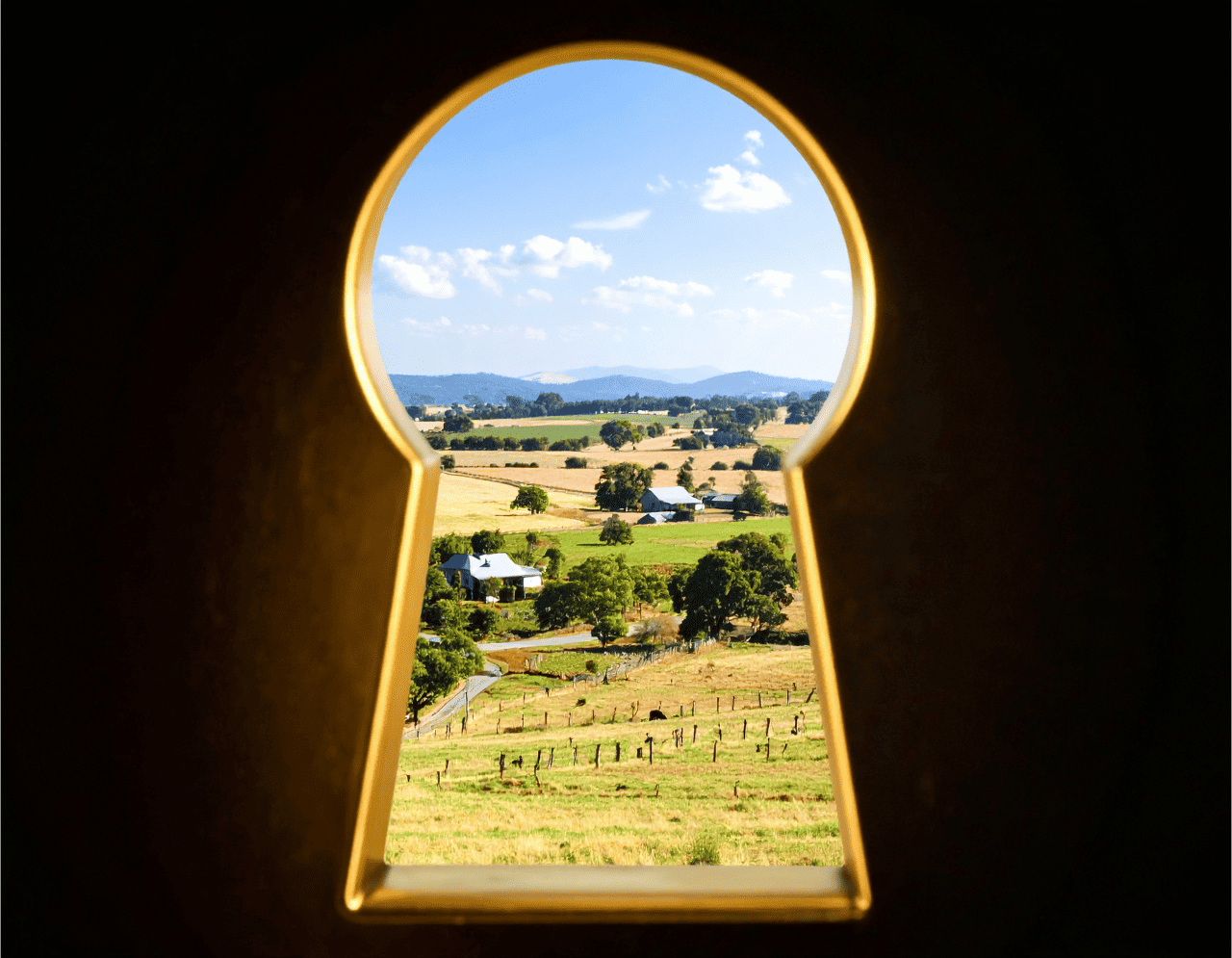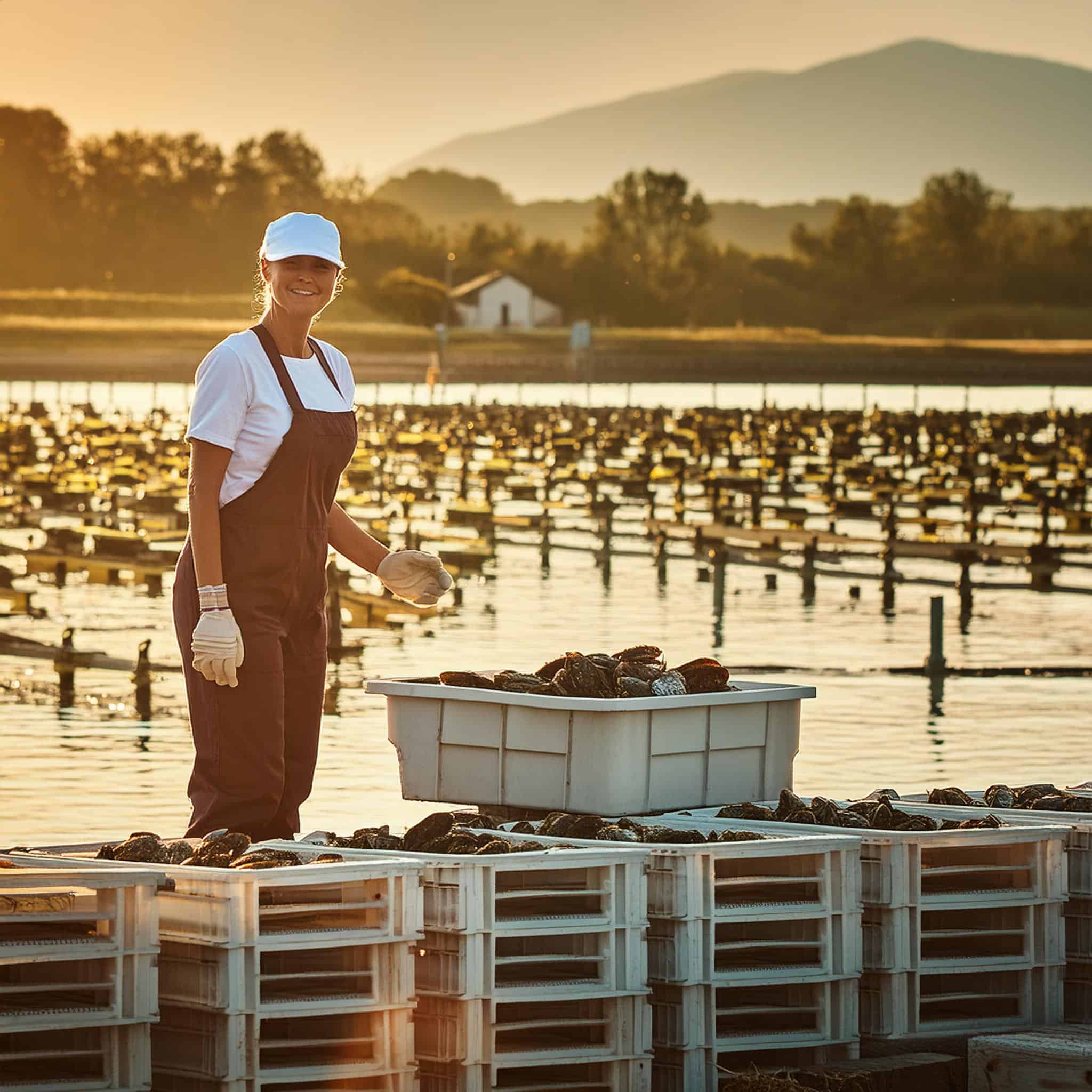Keys to Achieving Farm Viability in 2025 and Beyond

The definition of viability is something that creates a great deal of interest and discussion. Recent weather challenges and events may have you asking yourself what are the keys to achieving farm viability in 2025 and how can Aussie farmers plan for a profitable life in farming?
In simple terms, “viable” means “able to live” — but in the context of farming, it’s far more complex. For Australian farmers, farm viability isn’t just about staying afloat for another season. It’s about long-term sustainability, financial resilience, and strategic growth in an unpredictable environment.
In the short term, viability often means:
- Covering operating costs
- Servicing debts
- Providing a reasonable standard of living for your household
If your farm consistently meets these benchmarks, it might appear viable for now. But true farm business viability goes deeper. Real viability isn’t just about surviving one season to the next. A truly viable farm business needs to do more than cover costs. A genuinely viable farming business:
- Generates surplus income
- Maintains and reinvests in farm assets
- Withstands economic and climatic downturns
- Supports succession planning and future generations
- Operates in a way that is ecologically sustainable
In today’s climate, farm sustainability and long-term business health are inseparable. It’s not just about surviving, its ensuring the land you farm today will still be productive tomorrow.

What Influences Long-Term Farm Viability?
Many factors contribute to a farm’s viability, and they don’t all show up on a balance sheet.
There are internal factors – the things within your control:
- Your management skills and decision-making
- Technical knowledge of farming systems
- Health and wellbeing
- Willingness to adapt or innovate
- Family support and household stability
Then there are external factors, often unpredictable or uncontrollable:
- Commodity prices
- Droughts, floods, and seasonal conditions
- Changing government policies
- Global economic conditions
- Environmental regulations
These external shocks can challenge even the most profitable farms, making adaptability and strategic planning more important than ever.
The Role of Financial Analysis
A financial review of your business focuses on tangible data: profit and loss statements, gross margins, debt levels, and owner’s equity. This gives a snapshot of your financial viability— however, these figures only tell part of the story. A farm may be losing money due to a prolonged drought—not because of poor decisions. Similarly, a profitable business may be overly reliant on one strong year, creating a fragile foundation for future success. Our goal in conducting a viability assessment is not to deliver a yes-or-no verdict. It’s to give you the clearest possible understanding of where your business stands and what steps might be needed to secure its future. Our aim is quite simple – to help you understand your position.
That’s why Rural Financial Counselling Services focus on:
- Helping you build a plan based on your full situation
- Contextualising the numbers
- Identifying underlying trends
- Helping you build a plan based on your full situation
Why Income Growth Is More Powerful Than Cutting Costs

When financial pressure builds, it’s natural to tighten spending. But cutting costs has limits—and overdoing it can reduce productivity or stall progress.
Research shows that the top 20% of most profitable farms aren’t necessarily the ones with the lowest expenses. Instead, they:
- Invest wisely in high-impact areas
- Continuously improve production
- Develop diverse and reliable income streams
Smart farm businesses shift focus from penny-pinching to profit-building. That includes:
- Diversifying income
- Exploring value-adding
- Investing in technology and data-driven decisions
From a risk management perspective, price volatility is often more dangerous than rising costs. That’s why income-focused strategies matter most for long-term viability.
The takeaway? Focus less on penny-pinching and more on smart income strategies—diversification, innovation, and continual improvement.
Viability is a Journey not a Destination
If you’re unsure about your farm’s viability—whether due to floods/drought, succession issues, or market stress—now is the time to evaluate. Being proactive gives you more options.
Taking stock may lead to:
- Changing enterprise focus
- Injecting capital or upgrading infrastructure
- Improving financial literacy and systems
- Planning for intergenerational transfer
- Or in some cases, planning a graceful industry exit
Every option has value if it’s aligned with your goals and reality. The key is to make those decisions from a place of knowledge, not fear.
Ready to Understand Your Farm’s Viability?
Understanding farm viability isn’t about ticking a box—it’s about knowing:
- Where your business stands today
- Where it’s headed
- What needs to change to build a sustainable, profitable future
Reach out to your local Rural Financial Counsellor for a free, confidential viability assessment. Let’s take the next step—together.